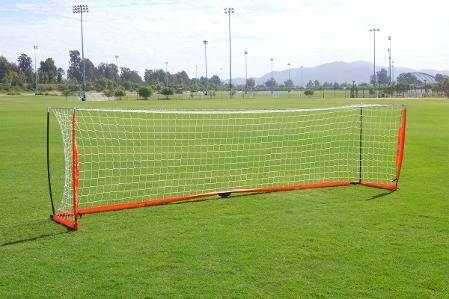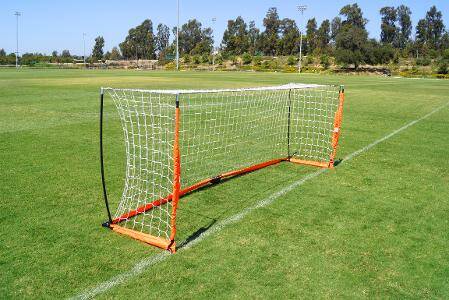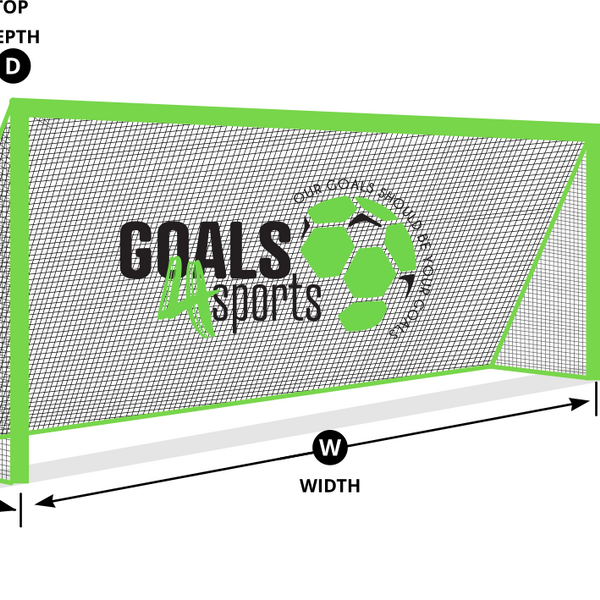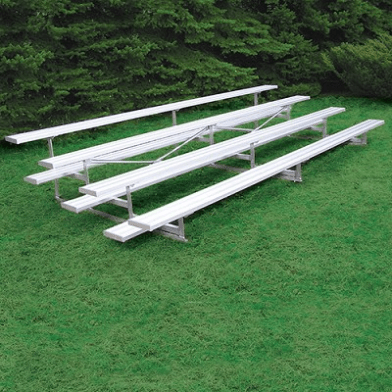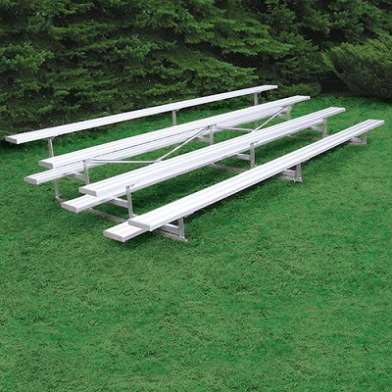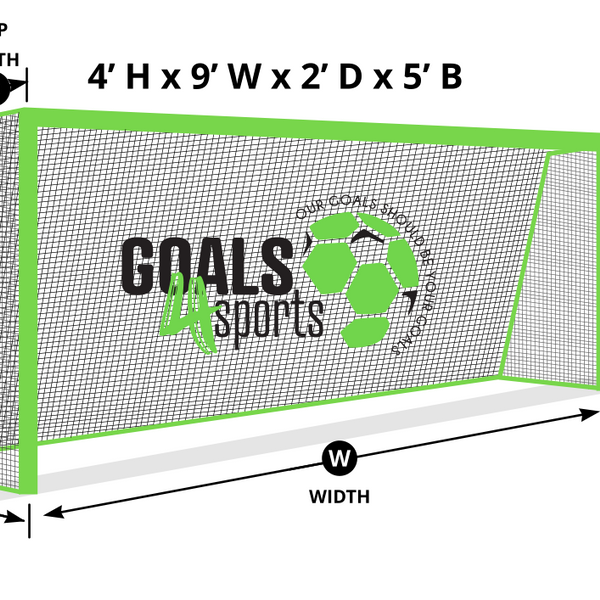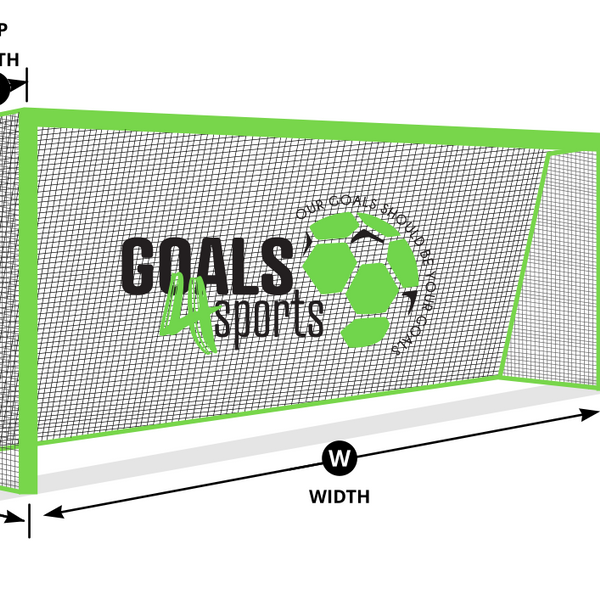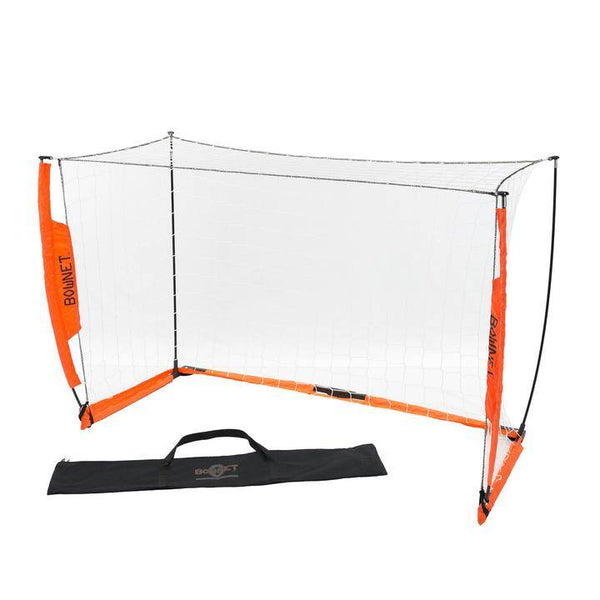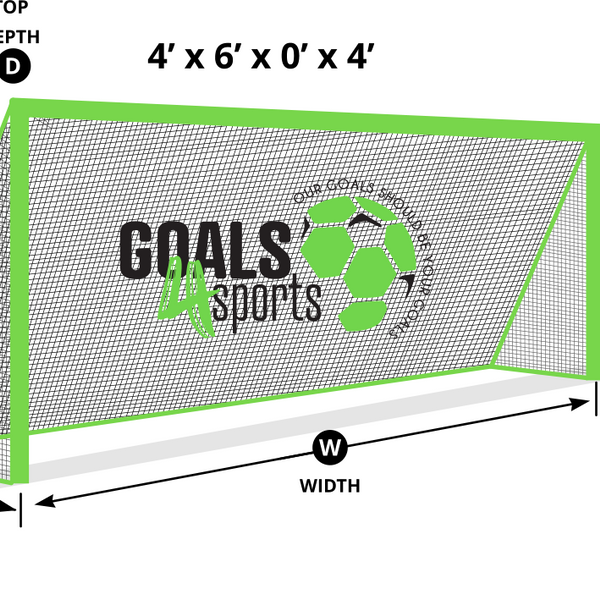Who’s Playing Pickleball in 2025 (and How It’s Changed Since the Early Days)
If you still picture pickleball as a retirees-only pastime, it’s time for an update. In 2025, pickleball demographics are broader, younger, and more diverse than ever. Below is a crisp, look at who plays pickleball in 2025 versus the sport’s origins—plus the benefits that keep participation surging.
From cul-de-sac pastime to mainstream sport
Pickleball began in 1965 on Bainbridge Island, WA, invented by friends Joel Pritchard, Bill Bell, and Barney McCallum as a backyard mashup of badminton, ping-pong, and tennis. The first tournament popped up in 1976, and by the 1980s–1990s the sport had strong traction in retirement and 55+ communities, cementing the “senior sport” stereotype.
Who’s playing pickleball in 2025?

Short answer: everyone—but with a surprising youth tilt.
Total participants: SFIA’s 2025 Topline Participation data shows 19.8 million U.S. players in 2024, up 45.8% year-over-year and ~311% over three years. Pickleball remains the fastest-growing sport in America.
Age leaders: While older adults are still core to the game, recent SFIA reporting highlights that every age group is growing, and in recent years 25–34 has been the largest single age band by participants. Youth participation is accelerating as well. Sports and Fitness Industry Association
Courts & access: USA Pickleball reports 68,458 known courts in the U.S., with 18,455 added in 2024—evidence that facilities are racing to keep up with demand. usapickleball.org
What about the “seniors only” myth?
It’s outdated. Yes, pickleball flourished early in 55+ communities, and research still shows strong social and mental-health benefits for older adults. But participation now spans Gen Z to retirees, with significant growth among young adults and families. PMC+1
Then vs. now: pickleball demographics at a glance
Early years (1970s–1990s):
-
Concentrated in retirement communities, church gyms, and rec centers
-
Driven by accessibility (smaller court, slower ball), social play, and low impact
-
Limited formal infrastructure and few dedicated courts breathepickleball.in
Today (2025):
-
Nationwide, multi-generational player base—youth, college clubs, adults, and seniors
-
Facility boom: tens of thousands of mapped courts; municipalities converting tennis courts and adding dedicated venues
-
Organized play: sanctioned tournaments, pro tours, school programs, and community clubs
-
Sustained growth continues in 2025 (after several explosive years), with signs of stabilization as the sport matures.
Why the player base keeps expanding
1) Easy to learn, hard to master
New players can rally in minutes, yet advanced strategy (dinking, third-shot drops, stacking) keeps enthusiasts engaged for years.
2) All-ages, low-impact movement
The smaller court and lighter ball are easier on joints than many racquet sports—great for active aging and cross-training days. Lee Health
3) Social connection by design
Doubles play and open-court “ladder” sessions build community—one reason participation surged across every age group. Sports and Fitness Industry Association
4) Accessibility & availability
More courts, more clubs, and beginner-friendly programming mean lower barriers to entry. USA Pickleball and partners have added thousands of new locations to “places to play” databases. usapickleball.org



